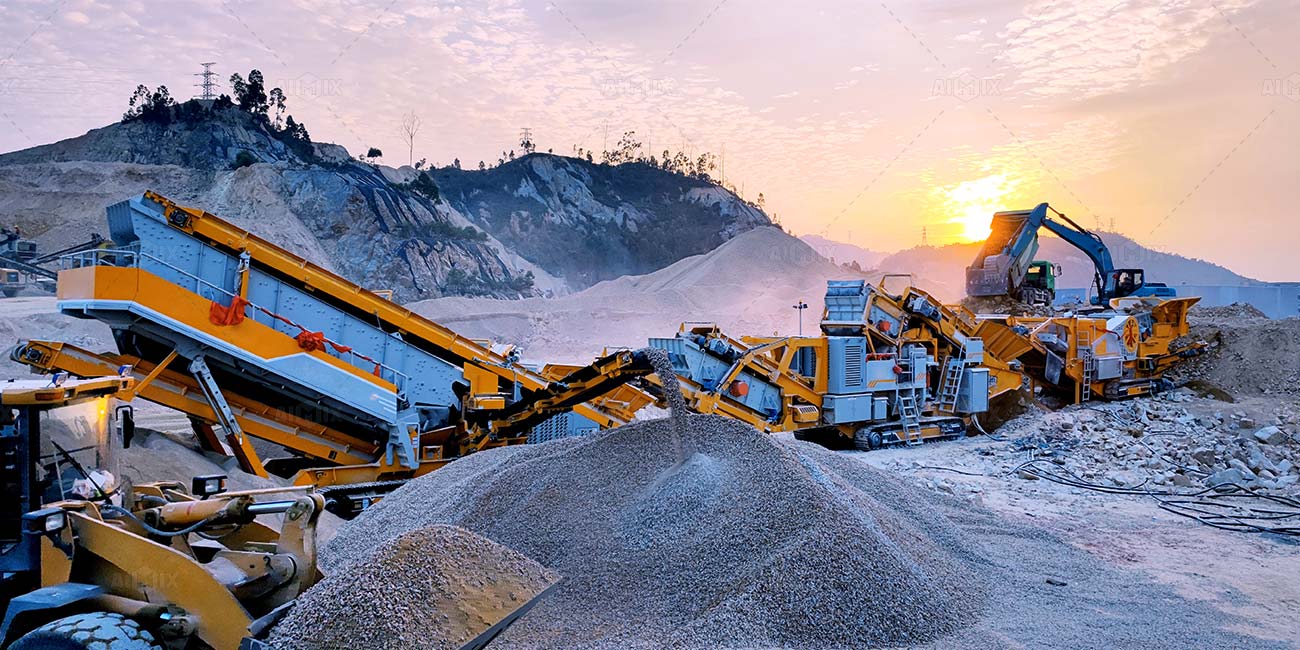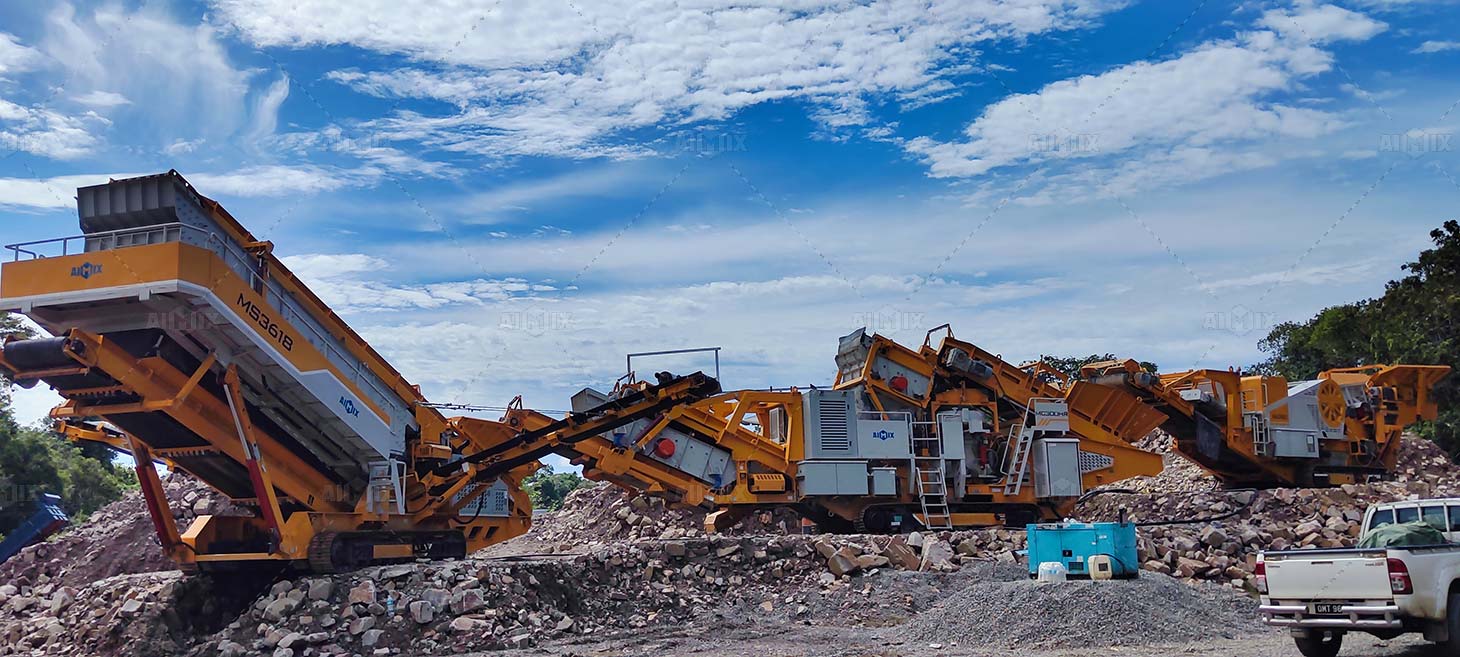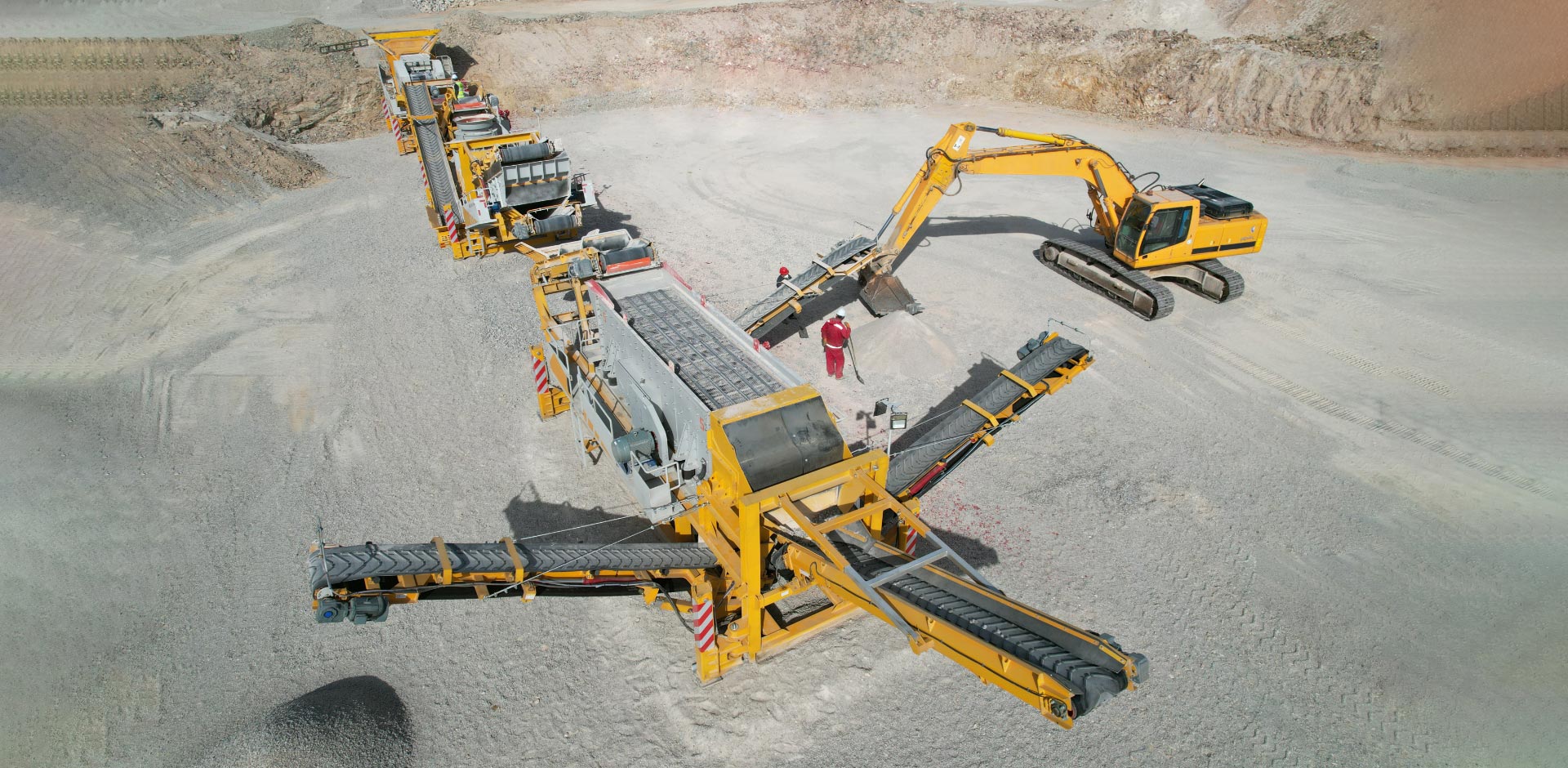Maintaining control over the gradation of the final product in a limestone crusher plant is crucial for ensuring the quality and consistency of output. By implementing effective strategies, operators can optimize production, minimize waste, and meet the specifications required by various industries. Understanding the mechanisms and techniques for gradation control is essential for maximizing the efficiency of limestone crushing operations.
The Importance of Gradation Control
1. Ensuring Product Consistency
Achieving consistent gradation in the final product is essential for meeting the quality standards demanded by customers and regulatory authorities. Consistency ensures that the limestone product meets the specified particle size distribution, which is vital for its intended applications, whether it be in construction, agriculture, or manufacturing.
2. Maximizing Production Efficiency
Controlling the gradation of the final product allows operators to optimize the efficiency of the crushing screening plant. By producing a uniform product with the desired particle size distribution, operators can minimize the occurrence of over-sized or under-sized material, thereby reducing the need for reprocessing and maximizing throughput.

3. Meeting Industry Specifications
Different industries have specific requirements regarding the gradation of limestone products. Whether it’s for concrete production, road construction, or agricultural applications, adhering to industry standards is essential for ensuring the suitability and performance of the final product. Effective gradation control enables limestone crusher plants to meet these specifications consistently.
Strategies for Gradation Control
1. Adjusting Crusher Settings
Fine-tuning the settings of the crusher can significantly influence the gradation of the final product. Operators can adjust parameters such as the crusher’s eccentric speed, chamber profile, and closed-side setting to achieve the desired particle size distribution. By experimenting with different settings, operators can optimize gradation control while maintaining production efficiency.

2. Implementing Screening Processes
Incorporating screening processes into the crushing circuit allows operators to separate the desired product sizes from the oversize and undersize materials. By strategically placing screens at various stages of the crushing process, operators can efficiently control the gradation of the final product. Screening also helps remove contaminants and impurities, further enhancing product quality. Get more screening process here: https://aimixglobal.com/rock-crusher-sale/.
3. Utilizing Particle Size Analysis
Regularly monitoring and analyzing the particle size distribution of the crushed limestone is crucial for effective gradation control. Operators can utilize particle size analysis techniques such as sieve analysis or laser diffraction to assess the gradation of the final product accurately. This data can then be used to adjust crusher settings and optimize production processes accordingly.
Conclusion
Controlling the gradation of the final product in a limestone crusher plant is a critical aspect of production optimization. By implementing effective strategies such as adjusting crusher settings, implementing screening processes, and utilizing particle size analysis, operators of mobile crushing plant can ensure product consistency, maximize production efficiency, and meet industry specifications. With careful management and attention to detail, gradation control can drive significant improvements in the performance and profitability of limestone crushing operations.
